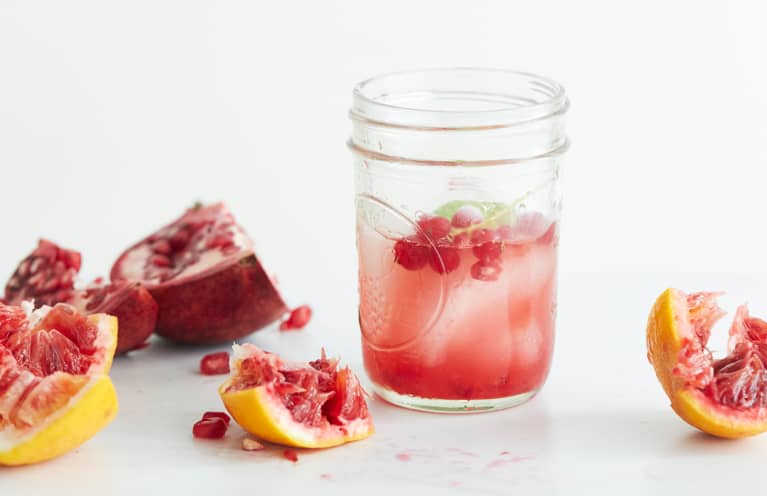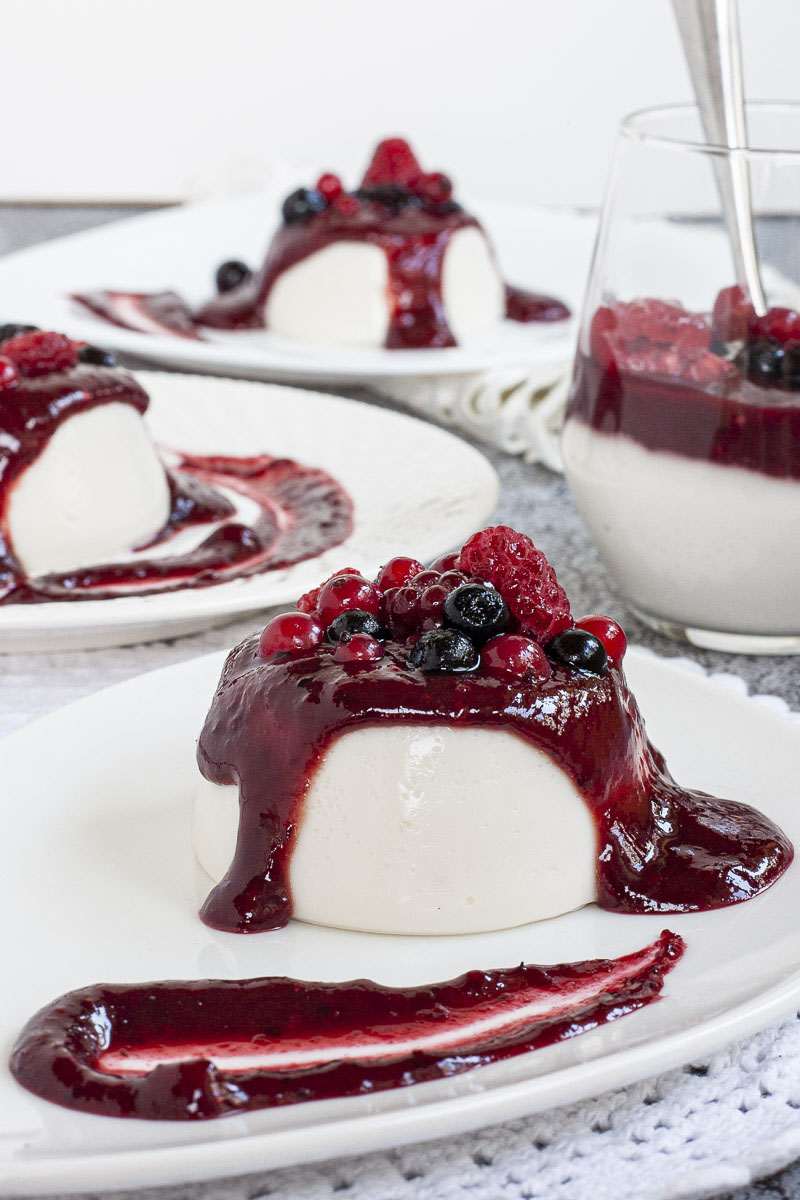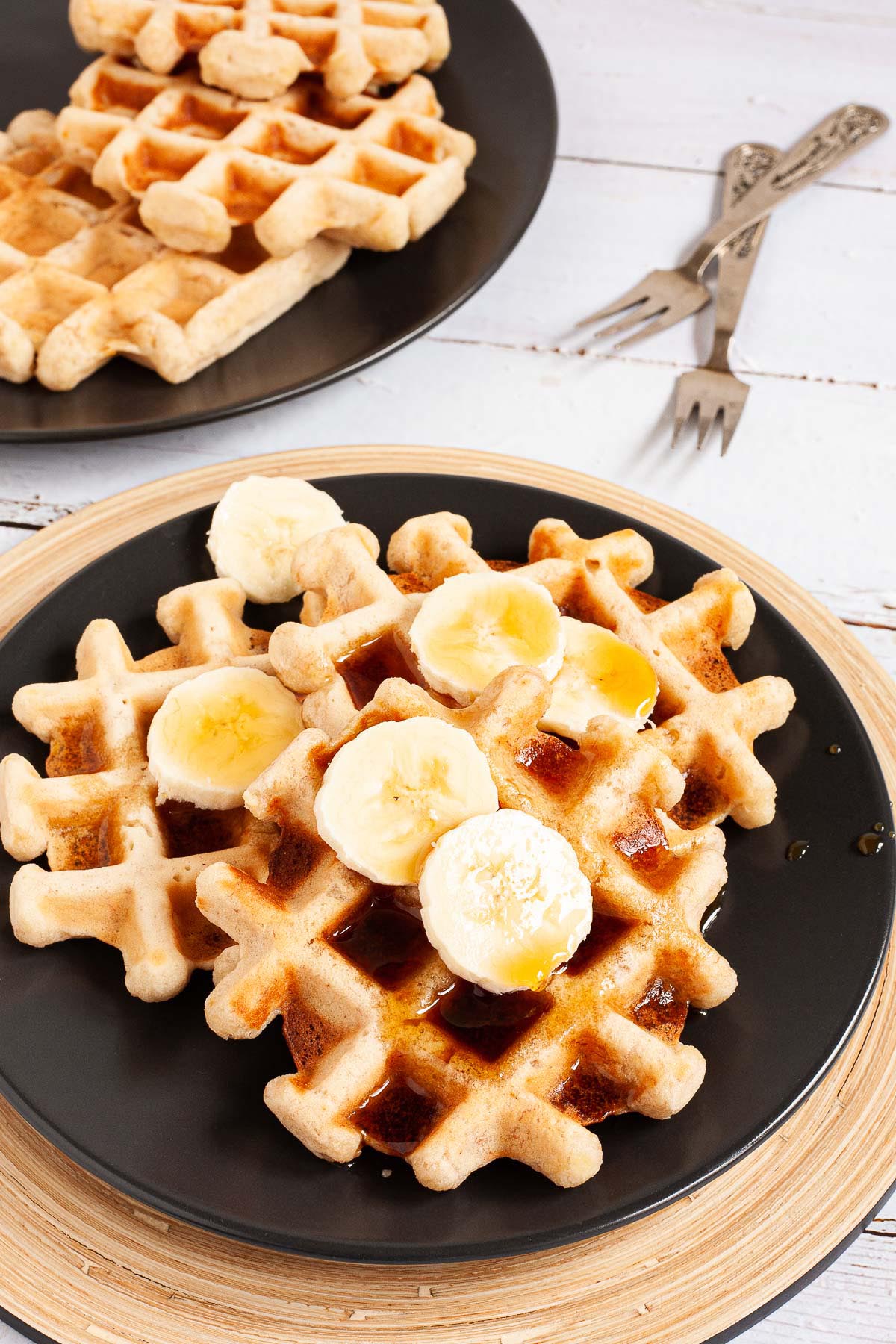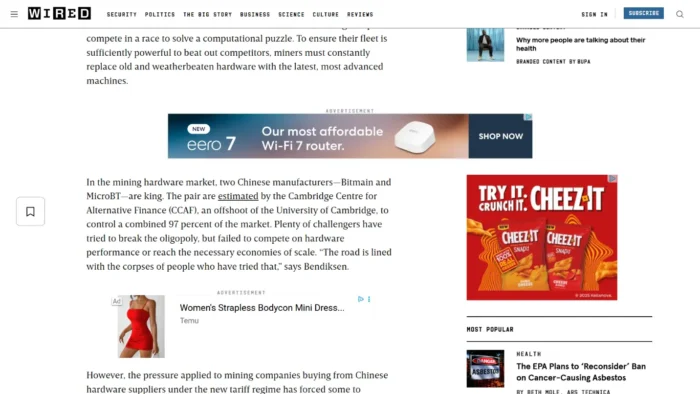Level Up Your Antioxidants With A Cardiologist's "Reverse Juicing" Hack
Get more bang for your buck.


There’s a reason berries are so often hailed by nutrition experts: These tart, juicy fruits are bursting with antioxidants—namely, polyphenols. Technically a subgroup of antioxidants, these powerful, plant-based nutrients (aka phytonutrients) have been associated with a variety of health benefits, from heart health to glowing skin to a long life span;* as a result, we’re always in the mood for a midday fruit break or decadent, berry-rich recipe.
Well, fellow berry fans, you’ll want to check out cardiologist Steven Gundry, M.D.’s latest trick: On the mindbodygreen podcast, Gundry shares how to extract even more polyphenols from these already nutritious and delicious berries—he calls it “reverse juicing.”
Gundry’s “reverse juicing” hack for extra polyphenols.
If you have a juicer at home, you know the drill: Slice your fruits and veggies to the correct size, slowly insert one after the other into the machine, and watch as it presses them into a nutrient-dense liquid. Most juicers will have some sort of outlet that collects all the pulp for you to compost or save for future recipes; or if you’re using a blender to make your juice, you might strain the pulp before gulping down your beverage.
But wait! If you toss your pulp, Gundry says you’re missing the best part of the whole venture: "What I ask people to do is actually 'reverse juicing,'" he says. Follow along below:
Of course, berries do boast polyphenols on their own, so consider Gundry’s hack an extra way to get more bang for your buck. Take blueberries, for example, which contain polyphenol pigments called anthocyanins that play an important role in brain health and healthy aging. Or pomegranates, which feature another polyphenol called ellagic acid—this powerful antioxidant has been shown to support skin aging and increase skin's resilience against UVB rays.* So you could separate the fruit fiber from the juice and dig in, or you could just snack on a handful of pomegranate seeds—juice, fruit, and all—and call it a day.
You could also look for a supplement that includes pomegranate extract, if you don’t have a juicer but are curious about isolating those polyphenols as much as possible. A high-quality 100% pomegranate whole fruit extract will boast a concentrated dose (like 60%) of total polyphenols, and thanks to the ability to enhance photoprotection and promote healthy skin aging, you can find pomegranate extract in a bunch of beauty supplements on the market.* Just make sure the supplement you choose contains only 100% pomegranate whole fruit extract (Punica granatum L.), includes a relevant dose (at least 100 milligrams), and includes a verifiable botanical concentration of polyphenols (the brand should actually quantify the polyphenol amount). And in case you're wondering: mbg’s cellular beauty+ fits the bill.
If you love to juice, go ahead and do your thing—just don’t toss the nutrient-rich pulp. Save it for all of your sweet desserts and breakfasts, and it will instantly level up the meal’s antioxidant power.
If you are pregnant, breastfeeding, or taking medications, consult with your doctor before starting a supplement routine. It is always optimal to consult with a health care provider when considering what supplements are right for you.
https://www.mindbodygreen.com/articles/cardiologists-reverse-juicing-hack

 Lynk
Lynk 































